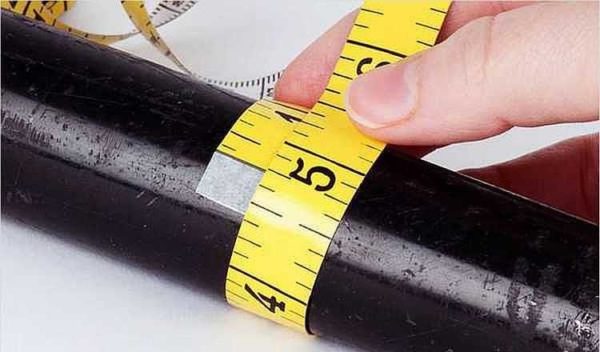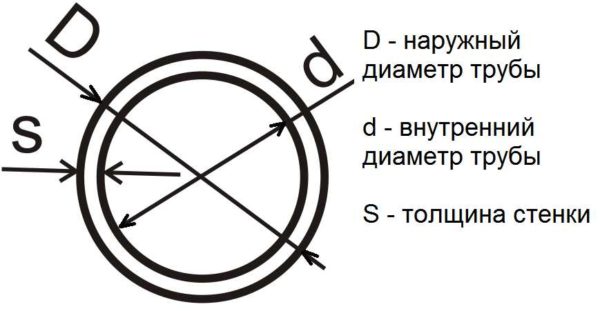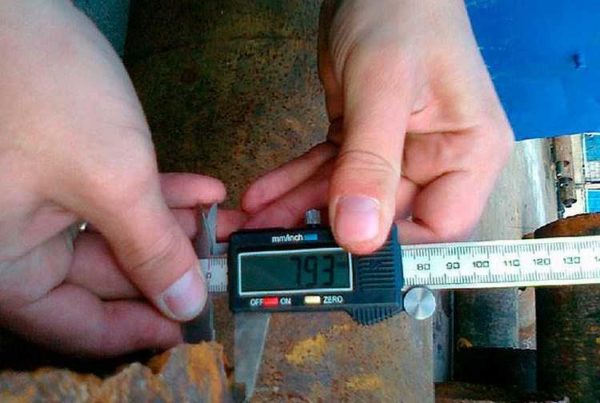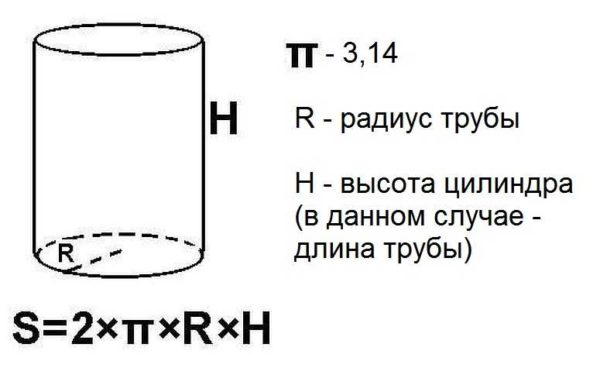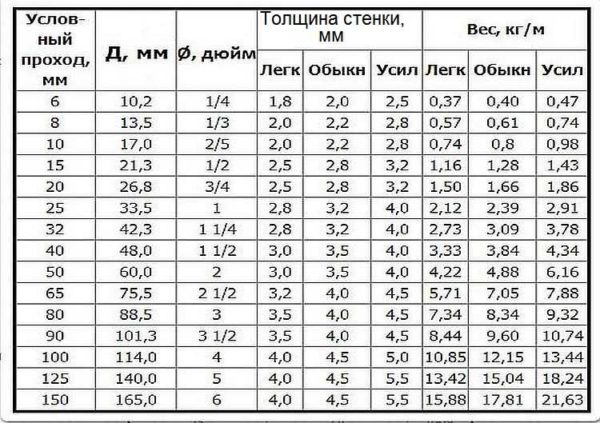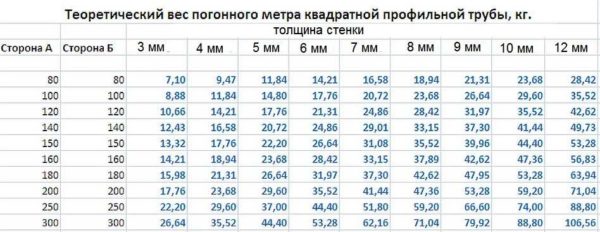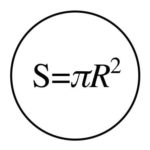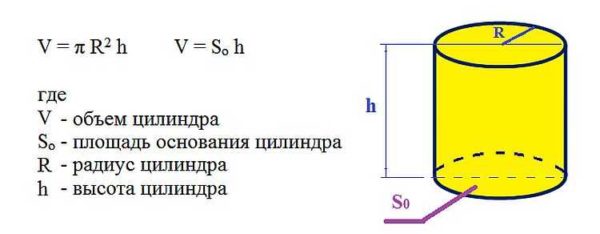How to calculate pipe parameters
During construction and home improvement, pipes are not always used to transport liquids or gases. Often they act as a building material - to create a frame for various buildings, supports for sheds, etc. When determining the parameters of systems and structures, it is necessary to calculate the different characteristics of its components. In this case, the process itself is called pipe calculation, and it includes both measurements and calculations.
The content of the article
What are pipe parameters calculations for?
In modern construction, not only steel or galvanized pipes are used. The choice is already quite wide - PVC, polyethylene (HDPE and LDPE), polypropylene, metal-plastic, corrugated stainless steel. They are good because they do not have as much mass as their steel counterparts. Nevertheless, when transporting polymer products in large volumes, it is desirable to know their mass - in order to understand what kind of machine is needed. The weight of metal pipes is even more important - the delivery is calculated by tonnage. So it is desirable to control this parameter.
Knowing the area of the outer surface of the pipe is necessary for the purchase of paint and thermal insulation materials. They paint only steel products, because they are subject to corrosion, unlike polymer ones. So you have to protect the surface from the effects of aggressive environments. They are used more often for construction. fences, frames for outbuildings (garages, saraev, gazebos, change houses), so that the operating conditions are difficult, protection is necessary, therefore all frames require painting. This is where the area of the painted surface is required - the outer area of the pipe.
When constructing a water supply system for a private house or summer cottage, pipes are laid from a water source (wells or wells) to the house - underground. And all the same, so that they do not freeze, insulation is required. You can calculate the amount of insulation knowing the area of the outer surface of the pipeline. Only in this case it is necessary to take material with a solid margin - the joints should overlap with a solid margin.
The cross-section of the pipe is necessary to determine the throughput - whether this product can carry the required amount of liquid or gas. The same parameter is often needed when choosing the diameter of pipes for heating and water supply, calculating pump performance, etc.
Inner and outer diameter, wall thickness, radius
Pipes are a specific product. They have an inner and outer diameter, since their wall is thick, its thickness depends on the type of pipe and the material from which it is made. The technical specifications often indicate the outer diameter and wall thickness.
Having these two values, it is easy to calculate the inner diameter - subtract twice the wall thickness from the outer one: d = D - 2 * S. If you have an outer diameter of 32 mm, a wall thickness of 3 mm, then the inner diameter will be: 32 mm - 2 * 3 mm = 26 mm.
If, on the contrary, there is an inner diameter and wall thickness, but an outer one is needed, add double the thickness of the stack to the existing value.
With radii (denoted by the letter R) it is even simpler - this is half of the diameter: R = 1/2 D. For example, we find the radius of a pipe with a diameter of 32 mm. Just divide 32 by two, we get 16 mm.
What if there is no technical data for the pipe? To measure. If you do not need special accuracy, a regular ruler will do, for more accurate measurements it is better to use a vernier caliper.
Calculation of pipe surface area
The tube is a very long cylinder and the surface area of the tube is calculated as the area of the cylinder.For calculations, you need a radius (inner or outer - it depends on which surface you need to calculate) and the length of the segment that you need.
To find the lateral area of the cylinder, we multiply the radius and length, multiply the resulting value by two, and then by the number "Pi", we get the desired value. If you want, you can calculate the surface of one meter, then you can multiply it by the desired length.
For example, let's calculate the outer surface of a piece of pipe 5 meters long, with a diameter of 12 cm. First, let's calculate the diameter: we divide the diameter by 2, we get 6 cm. Now all the values must be reduced to the same units of measurement. Since the area is calculated in square meters, we translate centimeters into meters. 6 cm = 0.06 m. Then we substitute everything into the formula: S = 2 * 3.14 * 0.06 * 5 = 1.884 m2. If you round up, you get 1.9 m2.
Weight calculation
With the calculation of the weight of the pipe, everything is simple: you need to know how much a running meter weighs, then multiply this value by the length in meters. The weight of round steel pipes is in reference books, since this type of rolled metal is standardized. The mass of one running meter depends on the diameter and wall thickness. One point: the standard weight is given for steel with a density of 7.85 g / cm2 - this is the type recommended by GOST.
In table D - outer diameter, nominal bore - inner diameter, And one more important point: the mass of ordinary steel rolled products is indicated, galvanized 3% heavier.
How to calculate cross-sectional area
If the pipe is round, the cross-sectional area must be calculated using the formula for the area of a circle: S = π * R2... Where R is the radius (inner), π - 3.14. Total, you need to square the radius and multiply it by 3.14.
For example, the cross-sectional area of a pipe with a diameter of 90 mm. Find the radius - 90 mm / 2 = 45 mm. In centimeters, this is 4.5 cm.Square: 4.5 * 4.5 = 2.025 cm2, we substitute in the formula S = 2 * 20.25 cm2 = 40.5 cm2.
The cross-sectional area of a profiled pipe is calculated using the formula for the area of a rectangle: S = a * b, where a and b are the lengths of the sides of the rectangle. If we consider the profile section 40 x 50 mm, we get S = 40 mm * 50 mm = 2000 mm2 or 20 cm2 or 0.002 m2.
How to calculate the volume of water in a pipeline
When organizing a heating system, it is sometimes necessary to have such a parameter as the volume of water that will fit in the pipe. This is necessary when calculating the amount of coolant in the system. For this case, you need a cylinder volume formula.
There are two ways here: first, calculate the cross-sectional area (described above) and multiply it by the length of the pipeline. If you count everything according to the formula, you will need an inner radius and the total length of the pipeline. Let's calculate how much water will fit in a system of 32 mm pipes 30 meters long.
First, we translate millimeters into meters: 32 mm = 0.032 m, we find the radius (halved) - 0.016 m.We substitute V = 3.14 * 0.016 in the formula2 * 30 m = 0.0241 m3... It turned out = a little more than two hundredths of a cubic meter. But we are used to measuring the volume of the system in liters. To convert cubic meters into liters, you need to multiply the resulting figure by 1000. It turns out 24.1 liters.

